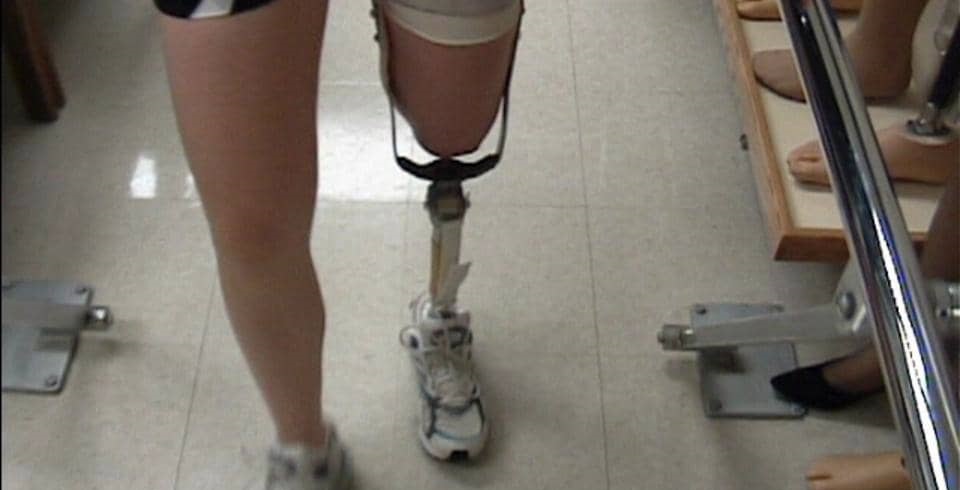

The placebo arm, also will carry TENS but without an active program.Īll patients should receive the standard analgesic treatment for limb amputation during their hospitalization time.īefore surgery all patients made two test for pain evaluation: The Analogical Visual Scale and the DN4 questionnaire for neuropathic pain.Īt 3 days, 1 month and 3 months after surgery, all patients will be evaluated about their pain using the recommended test for neuropathic pain:The Analogical Visual Scale and the DN4 (neuropathic pain 4) questionnaire for neuropathic pain. In the intervention arm, TENS should be applied during the 24 hours immediately after limb amputation.
#AMPUTEE PHANTOM PAIN MANAGEMENT TRIAL#
Patients undergoing major limb amputation for peripheral vascular disease.Ī randomized, prospective, blinded (patient, physician, statistician),clinical trial placebo versus intervention group study has been design. In patients with TENS use during the immediately postoperative of major limb amputation due to peripheral vascular disease, phantom limb pain will appear with less frequency than in control patients. An adequated program is mandatory: balanced symmetrical biphasic pulse, pulse length greater than 250microsg, modulated high frequency and electrodes placed over the dermatomes corresponding to lumbar-sacral spine will be used in the intervention patients Transcutaneous electrical nerve stimulation it´s a safe, easy and inexpensive analgesic technique acting on the conduction pathways of pain. In this sense, it seems that our ability to prevent PLP depend on the capability to modulate the plasticity of the Central Nervous System (CNS). All this factors seems to end into a somatosensory cortex reorganization. Supraspinal mechanism involve somatosensory cortical reorganization spinal reorganization in the dorsal horn, occurs after deafferentation from peripheral nerve injury and peripherical nerve injury begins with the nerve section in surgery. The physiopathological basis should be divided in supraspinal, spinal and peripheral mechanisms. Postamputation pain is highly prevalent after vascular limb amputation. Phantom Limb Pain Peripheral Vascular Diseases TENS should interfere in the mechanism of PLP production to level of the pain fibers conduction. The aim of this study is to assess if the early use of TENS in the immediately postoperative of major limb amputation due to peripheral vascular disease, should decrease the PLP incidence. Because of the lack of evidence to support any treatment for PLP, interest has turned to preventing it instead.
#AMPUTEE PHANTOM PAIN MANAGEMENT SKIN#
TENS apply a low voltage electrical current through the skin using surface electrodes in order to stimulate afferent nerve fibbers. Transcutaneous Electrical Nerve Stimulation (TENS) is a analgesic technique. Some studies suggest a somatosensory cortex reorganization. The etiology and pathophysiology of PLP are poorly understood. Therefore, many amputees are disabled by their chronic pain. Usually, amputees who suffer from PLP are suboptimal treated. The first cause for limb loss is vascular disease. Why Should I Register and Submit Results?Ī growing body of literature indicates that up to 80% of amputees may have phantom limb pain (PLP).


 0 kommentar(er)
0 kommentar(er)
